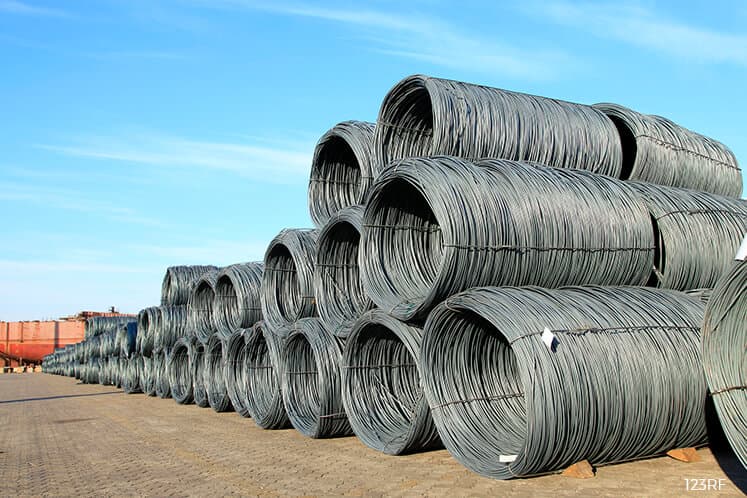
This article first appeared in The Edge Financial Daily on March 8, 2018
Building materials sector
Maintain overweight: President Donald Trump announced last week that US would impose tariffs of 25% and 10% against all steel and aluminium imports respectively, with no country being exempted.
This potential implementation of the hefty tariffs may spark retaliatory actions from trading partners, which could lead to a potential trade war. Final decision has yet to be made and it is expected to be confirmed in due course.
The major beneficiaries of the implementation of import tariffs are local steel mills in the US as local steel players are expected to take full advantage of the proposed tariffs by increasing higher average selling prices and ramping up the idle production plants since the imports of steel and aluminium would be handicapped by the tariffs.
The primary losers will be local downstream manufacturers, which may suffer from margin squeeze and perhaps the end-users shall bear the additional cost that is passed on to them.
Besides, top steel suppliers from Canada, Brazil, South Korea, Mexico, Russia, Turkey, Japan, Taiwan, Germany, and India are expected to be largely affected as these countries account for 78% of total steel imports in the US.
According to data from the Department of Statistics Malaysia, steel exports to the US only accounted for 1.3% in 2017. We believe the imposition of import tariff of 25% will have minimal impact on our domestic steel players as their sales are mainly domestic-driven.
However, we do not discount the possibility that global steel mills may redirect their steel products to other parts of the world, including Malaysia.
Nevertheless, after taking into account of import levy, safeguard duties on steel bars and wire rods and logistic cost, global steel mills may find it less attractive to offload into Malaysia.
In addition, we are not particularly worried about the excess supply from China, should the tariffs be imposed, as steel from China only accounts for about 2% of US’ steel imports. We believe steel currently supplied from China to US will be offset by their ongoing capacity elimination exercise.
Other than the tariffs, investors should watch closely the new supply of steel bars and wire rods from Alliance Steel, a newly set up steel mill in Kuantan.
We are unable to assess the direct impact at this juncture, but it may serve as a negative rerating catalyst if significant amounts of similar products offered by local steel players such as Ann Joo Resources Bhd, Lion Industries Corporation Bhd, Southern Steel Bhd, and Malaysia Steel Works (KL) Bhd are produced and sold in the domestic market, resulting in a supply and demand imbalance.
Furthermore, we are slightly concerned about the rising raw materials cost especially the price of coal, scrap and electrodes, but we believe domestic steel players shall be able to gradually pass on the cost once the progress of all the mega infrastructure projects accelerates.
Moving forward, we still remain positive on the outlook for the domestic steel industry because of the strong demand from government-led infrastructure projects, especially on transportation-related and expressway projects, and China reaffirming its commitment to perform supply-side reforms, and safeguarding duties protection in Malaysia.
The top pick under our coverage remains Ann Joo due to its effective cost management, which shall enable it to sail through all the negative headwinds. — TA Securities, March 7